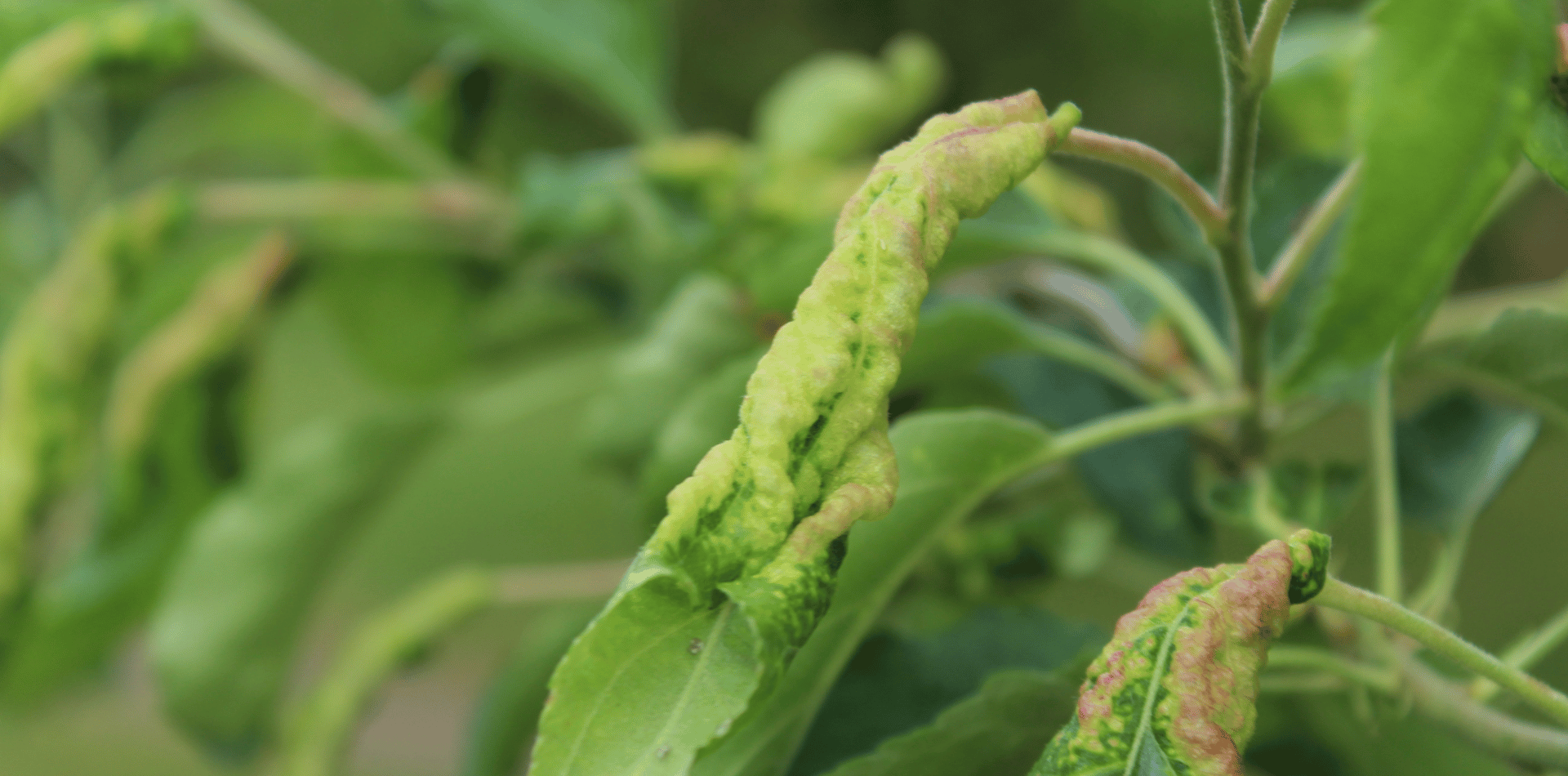What is the difference between Tree Lopping and Tree Pruning
Tree Lopping vs Tree Pruning
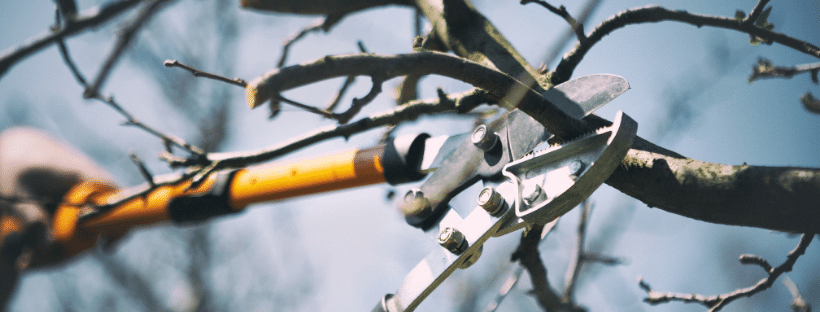
What is the difference between tree lopping and tree pruning?
This is a question we regularly get asked. People often confuse the two terms. Although the two terms refer to tree maintenance, they are quite different methods used for very separate reasons. The two main differences are:
- Lopping is the trimming of tree branches to reduce and modify the size of the tree
- Pruning helps to protect trees against disease to aid health for a long life.
Lopping
Tree lopping primarily focuses on reducing the size of a tree. This method involves trimming large branches or limbs and cutting sections of the tree to shorten its height or spread. The main reasons for lopping include:
- Safety: Removing branches that pose a risk to property or people due to their potential to fall.
- Aesthetics: Modifying the shape of a tree to fit landscape designs or to provide a clearer view.
- Prevention of Damage: Reducing the size of a tree to prevent its branches from interfering with power lines, buildings, or other structures.
Tree lopping is a dangerous procedure and should only be done by a qualified and experienced Arborist.
Engaging an experienced tree lopper will ensure the structure of the tree is maintained and the appearance of the tree isn’t impacted. While lopping a tree can enhance its overall appearance, it is important to seek professional advice, as removing too many leaves can weaken the tree and reduce its capacity to gain important nutrients. Weakening the tree can also expose it to diseases and parasites.
However, tree lopping is often viewed as a drastic and less preferred method of tree management because it can significantly stress the tree, leading to potential health issues, such as disease susceptibility and weak regrowth. Improper lopping can also lead to unsightly tree appearance and diminished structural integrity.
What should I consider when tree pruning or tree lopping?
The most important consideration is the safety of you and your family. Hiring a qualified and experienced arborist will ensure all work is carried out safely and will comply with relevant regulations. This approach will protect against tree related diseases and help enhance future growth. It will also safeguard your property and protect you and your family and neighbours while the procedure is being done.
Prior to starting work, it is very important to seek advice surrounding the laws and regulations surrounding the trees on your property. Your local council is a great place to start.
Pruning
Tree pruning, on the other hand, is a precise and health-focused practice.
It involves the selective removal of parts of a tree, such as branches, buds, or roots to improve the tree's health, reduce risk from falling branches, and enhance its natural shape.
Reasons for pruning include:
- Health: Removing dead, diseased, or insect-infested branches to prevent the spread of disease and to improve air circulation within the canopy, which can reduce the likelihood of disease.
- Structure: Encouraging the development of a strong tree structure by removing branches that are poorly attached or that compete with the tree's main structure for nutrients.
- Aesthetics: Pruning can help maintain a tree's appearance and shape, making it a more pleasing part of the landscape.
Pruning is generally considered a more sustainable and health-promoting practice than lopping. It requires understanding of tree biology, as improper pruning can harm the tree. Techniques like crown thinning, crown raising, and crown reduction are employed to ensure the tree remains healthy and safe for its surroundings.
Damaged or diseased branches add weight to the tree. They should be removed to preserve the health of the tree and encourage growth. When you decide to prune your tree, pay close attention to any branches which are growing inward, these can move in the wind, creating friction and causing them to break off. Look for crossing branches as well.
Compared with tree lopping, which can involve the removal of sizeable tree branches, pruning also tends to cover more minor work like small branches and sprouts.
Some of the main benefits for regularly pruning your trees are::
- New growth stimulation
- Enhances fruit production
- Protects against tree related diseases
- Removes dangerous branches to improve safety
- Improves the look of your garden
- Provides remedial work following weather damage
There are a number of pruning techniques used to maintain mature trees:
- Crown Lifting
- Crown Reduction
- Crown Thinning
Each of these methods are used on different areas of the tree for varying reasons.
Removing dangerous deadwood and allowing light to travel through the crown is the most common reason for tree pruning.
Hiring an Arborist and tree removal specialist is the best option. Kaptol Tree Removal are specialists in tree cutting, pruning and lopping.
We will help you safely transform the outdoor areas of your property.


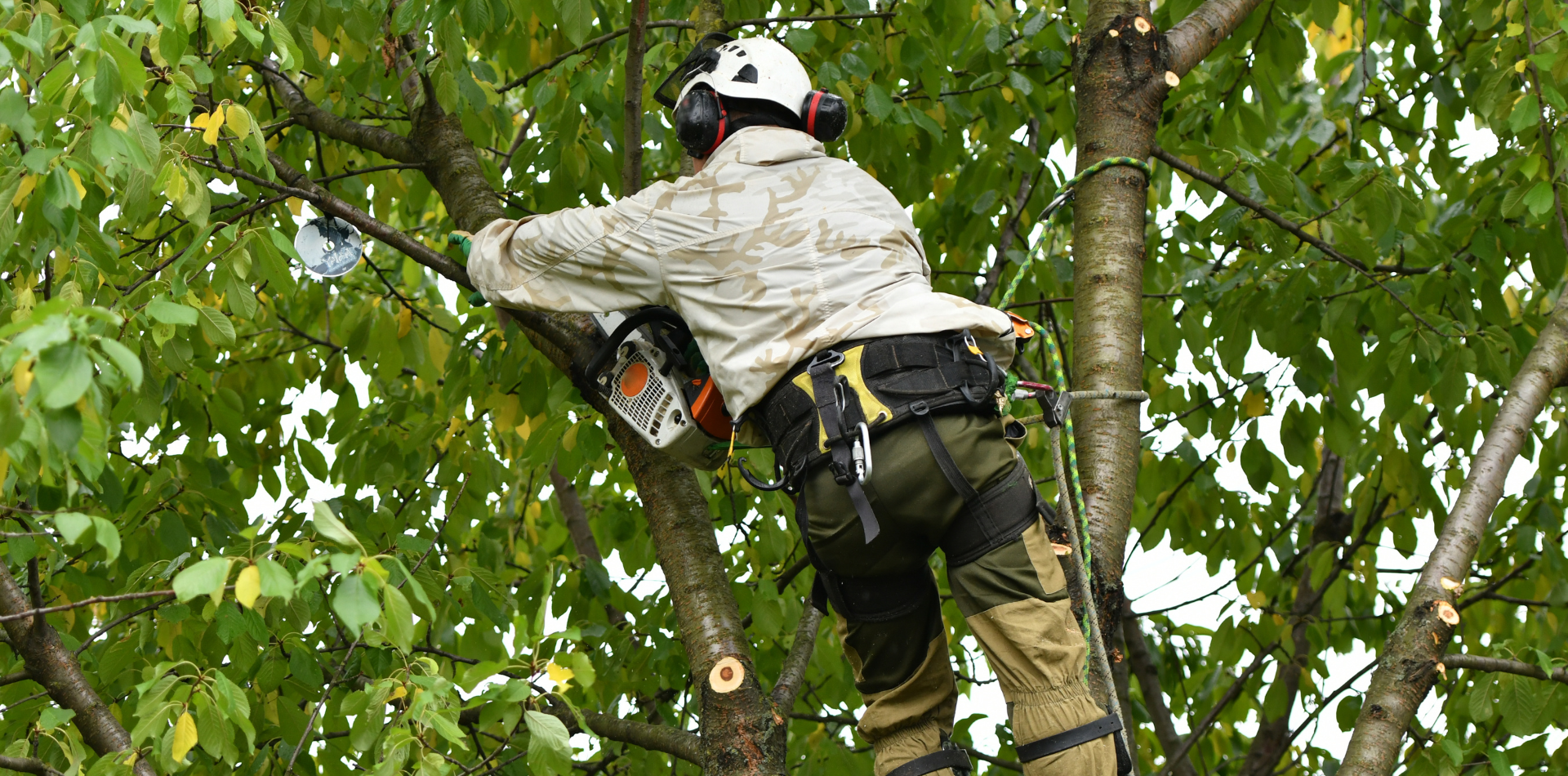
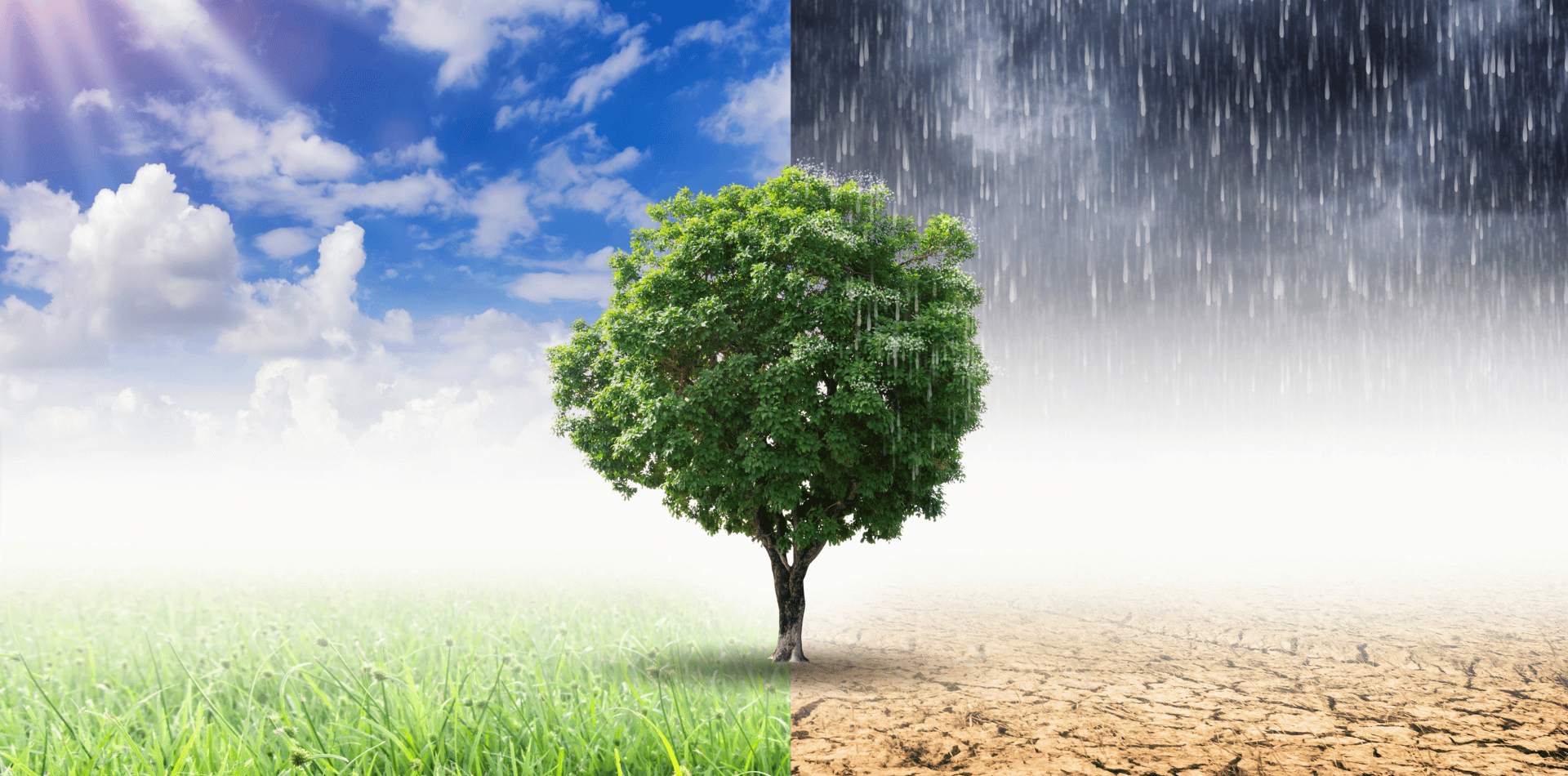

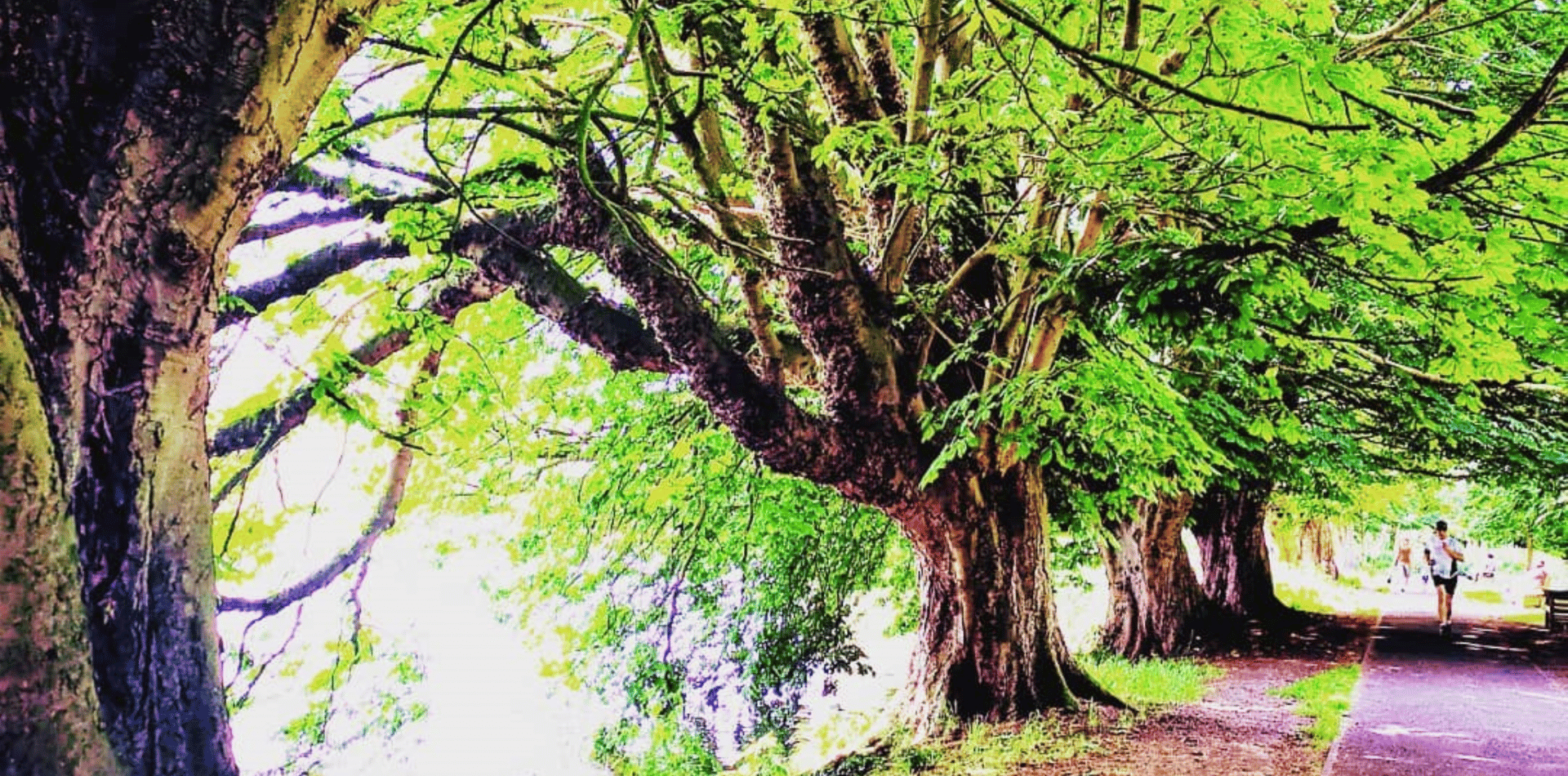
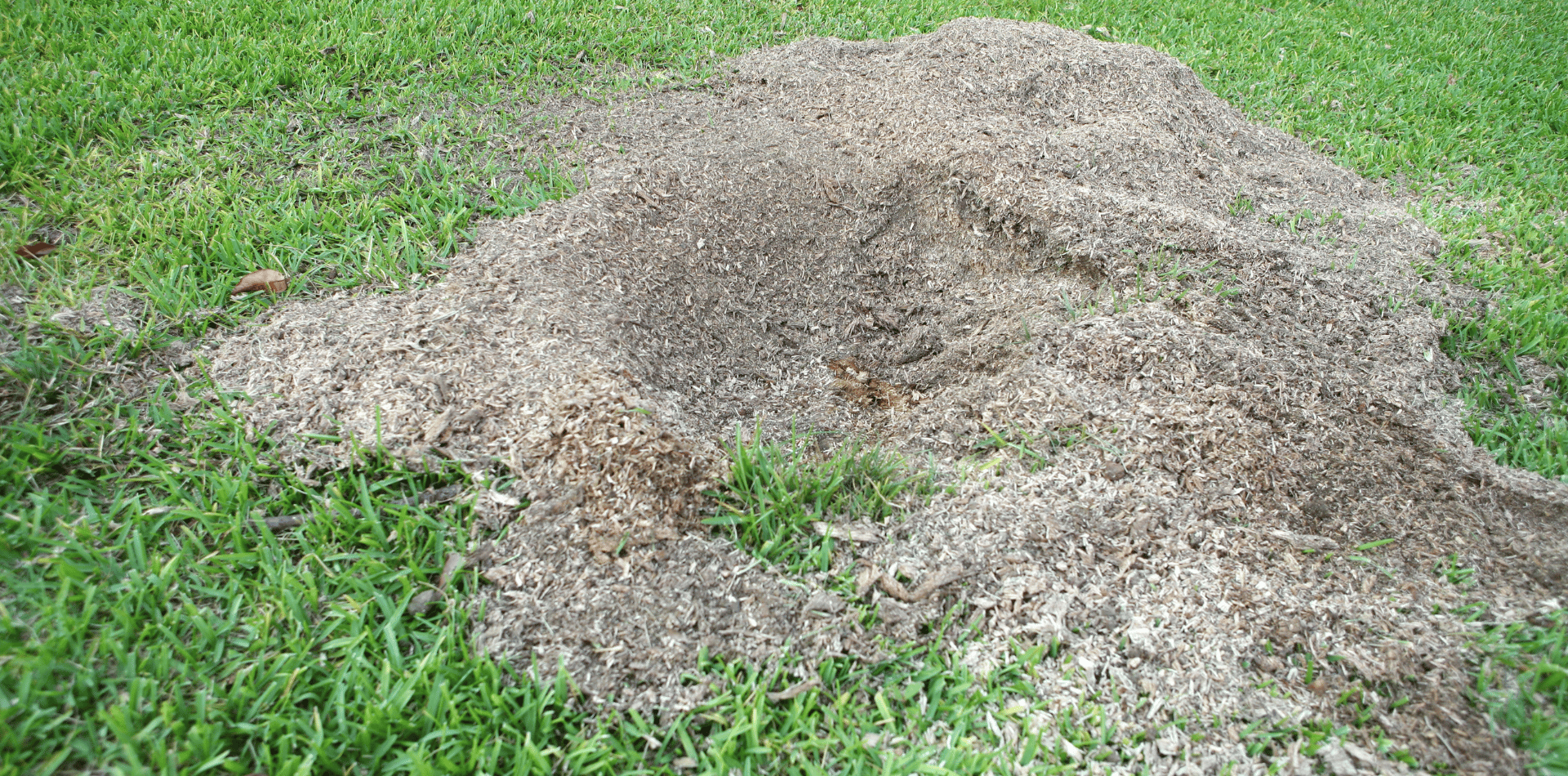
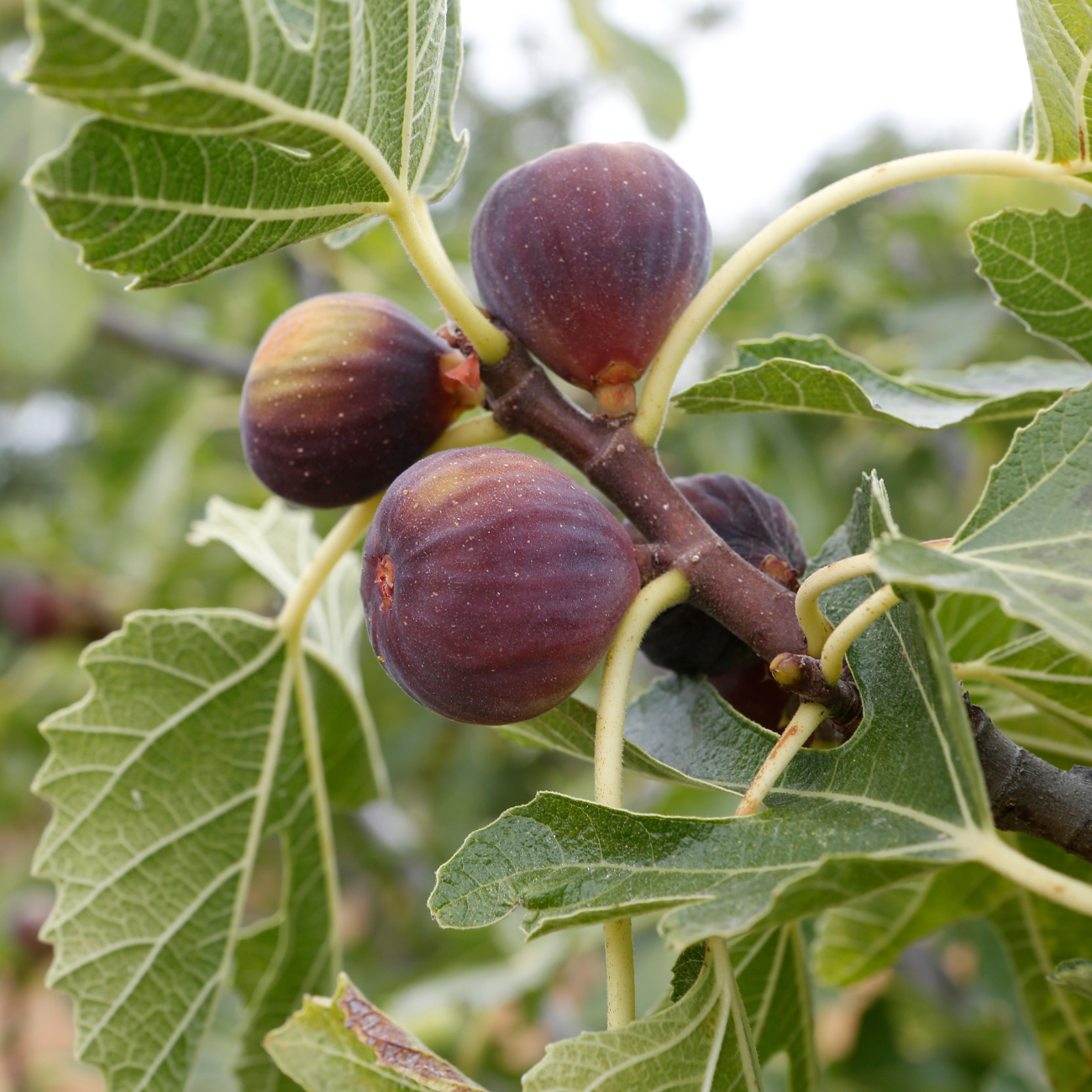
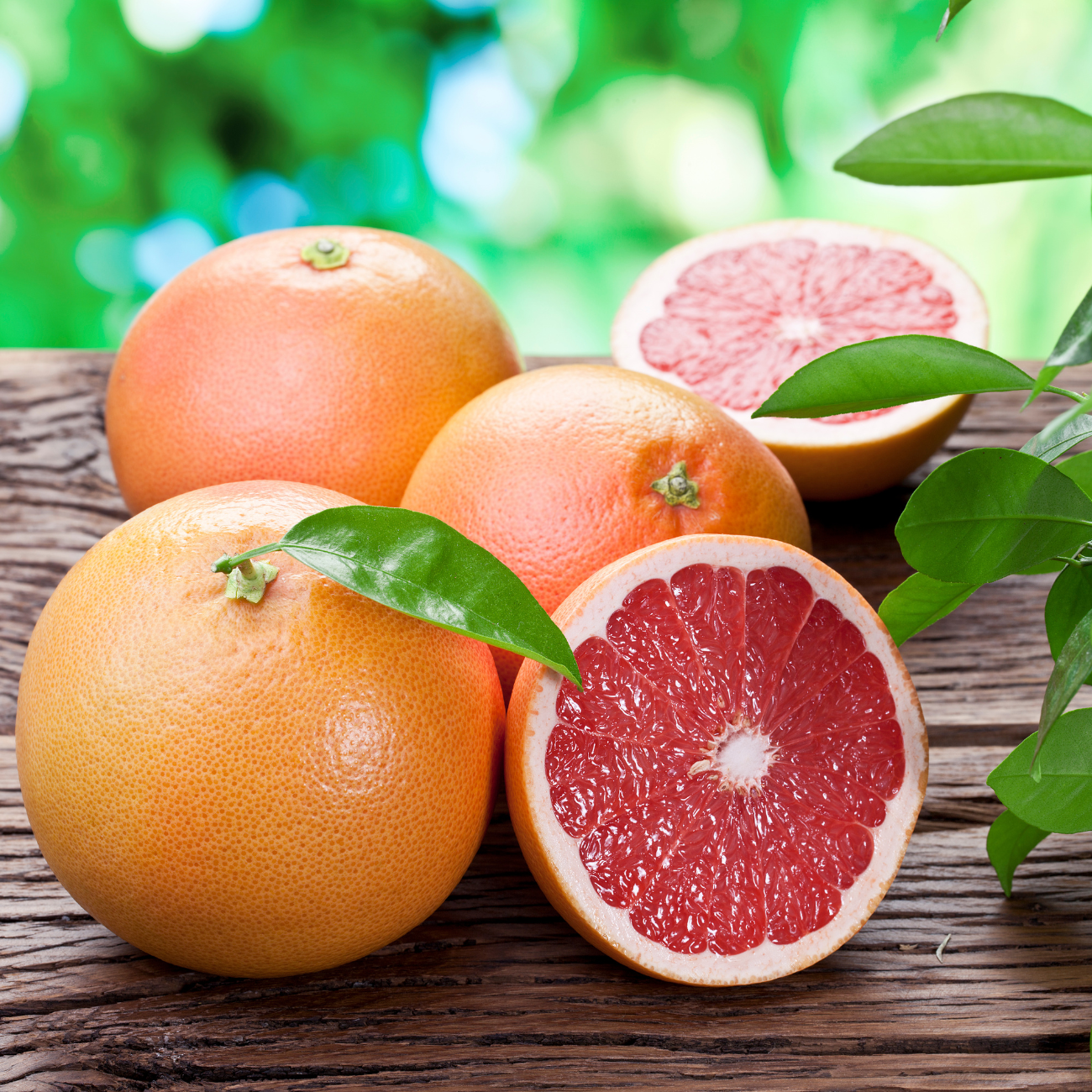
Contact
Kaptol Tree Removal Newcastle
A Member of the Kaptol Group
Powered by Kaptol Media

